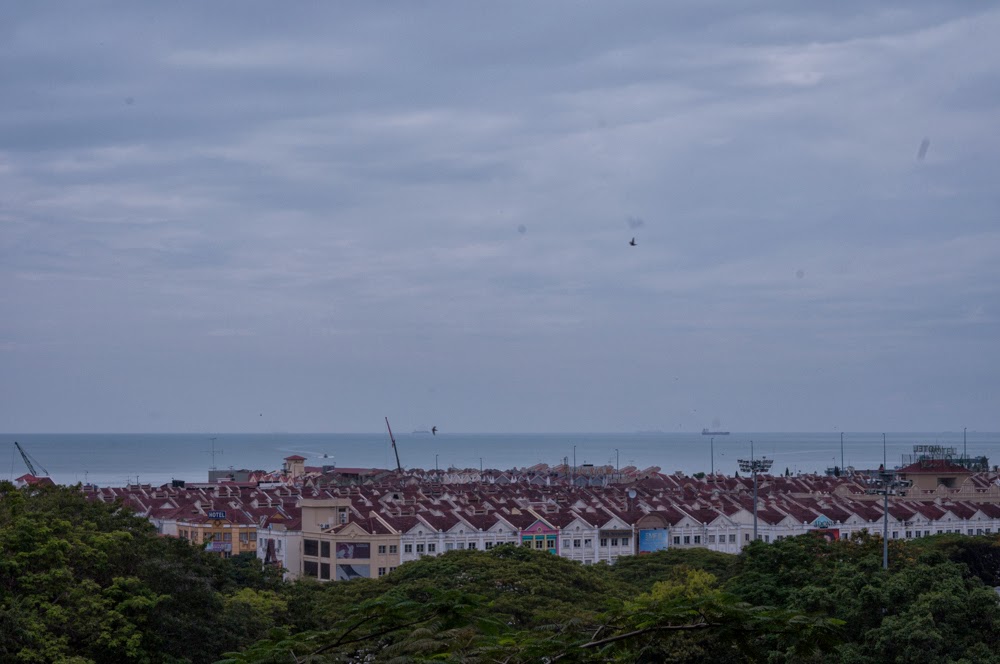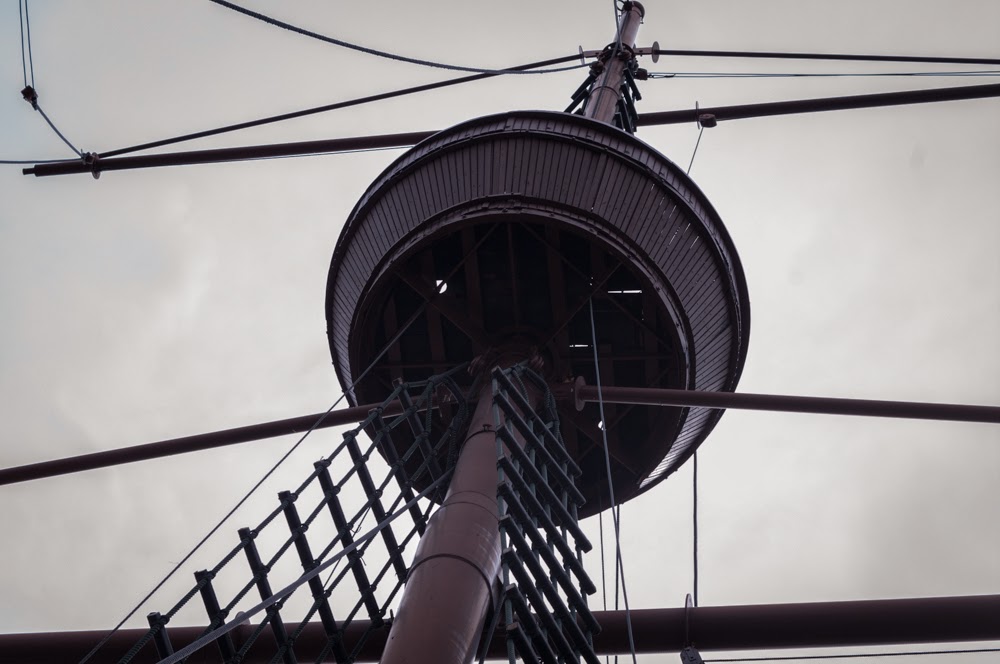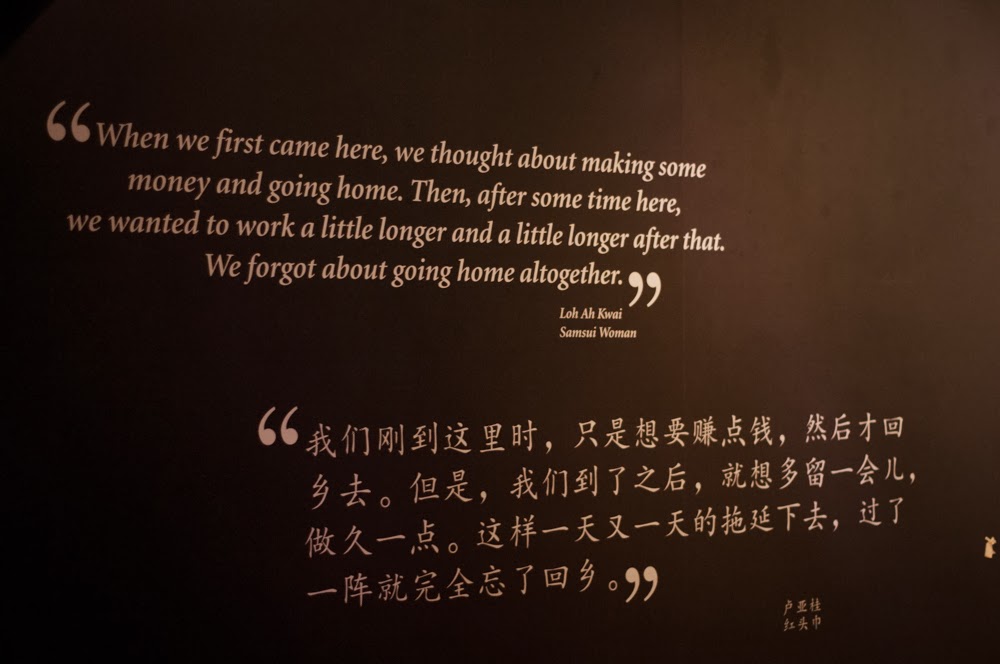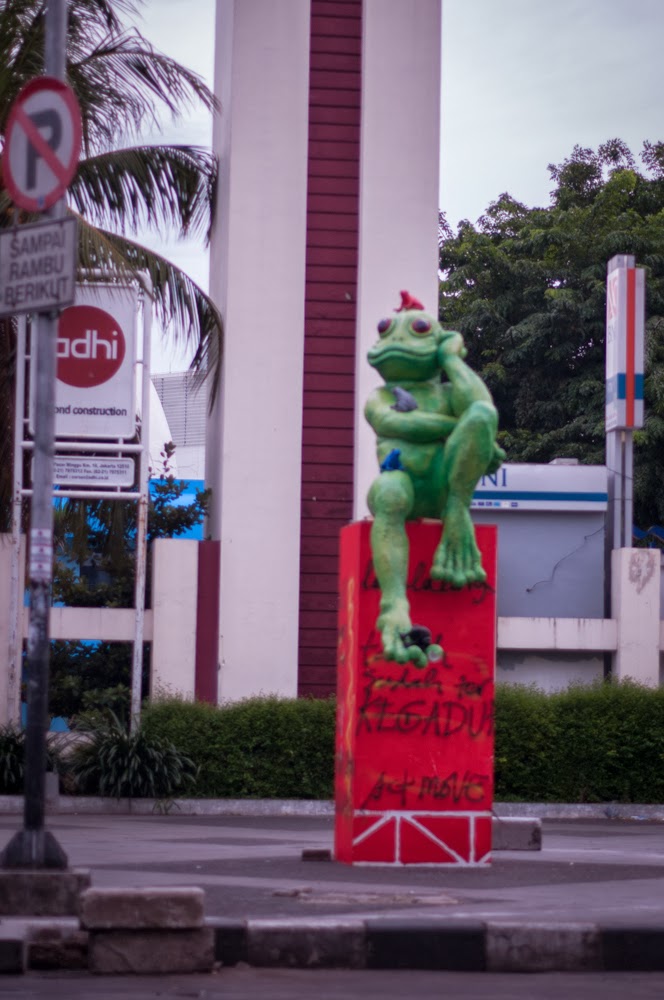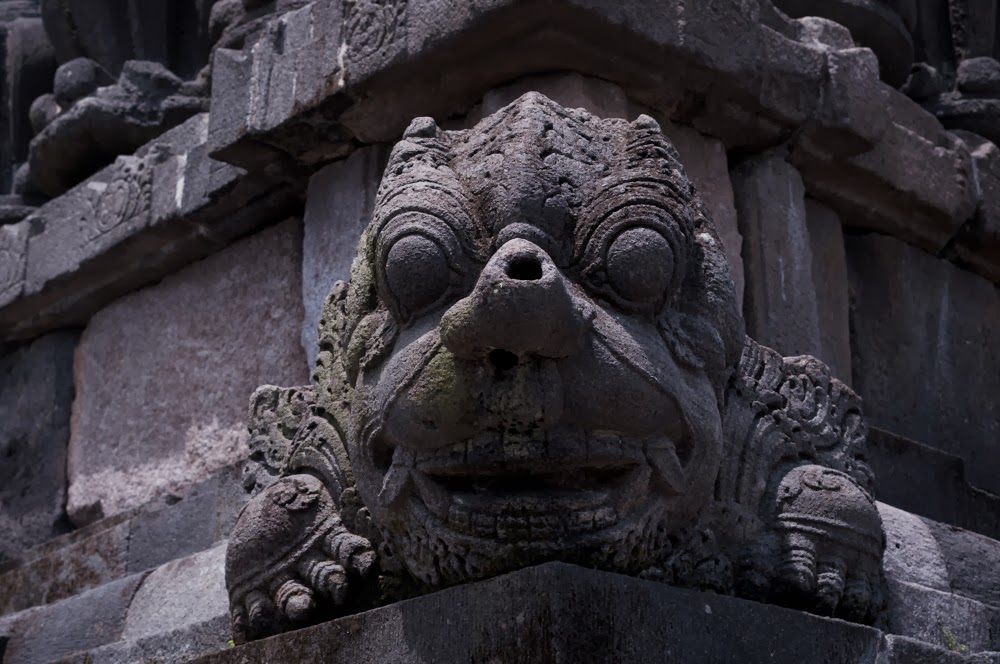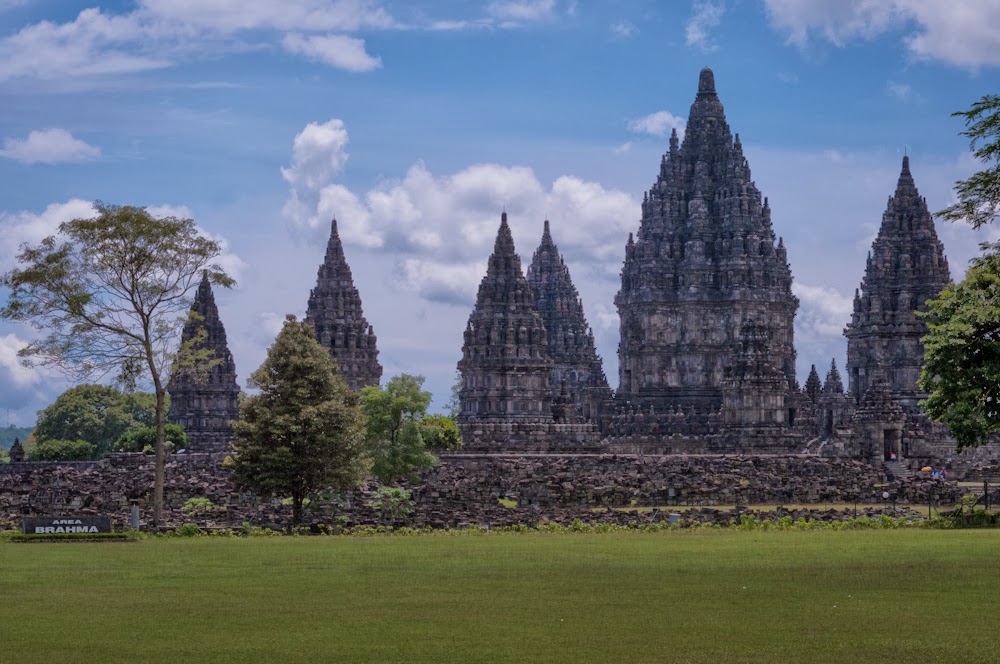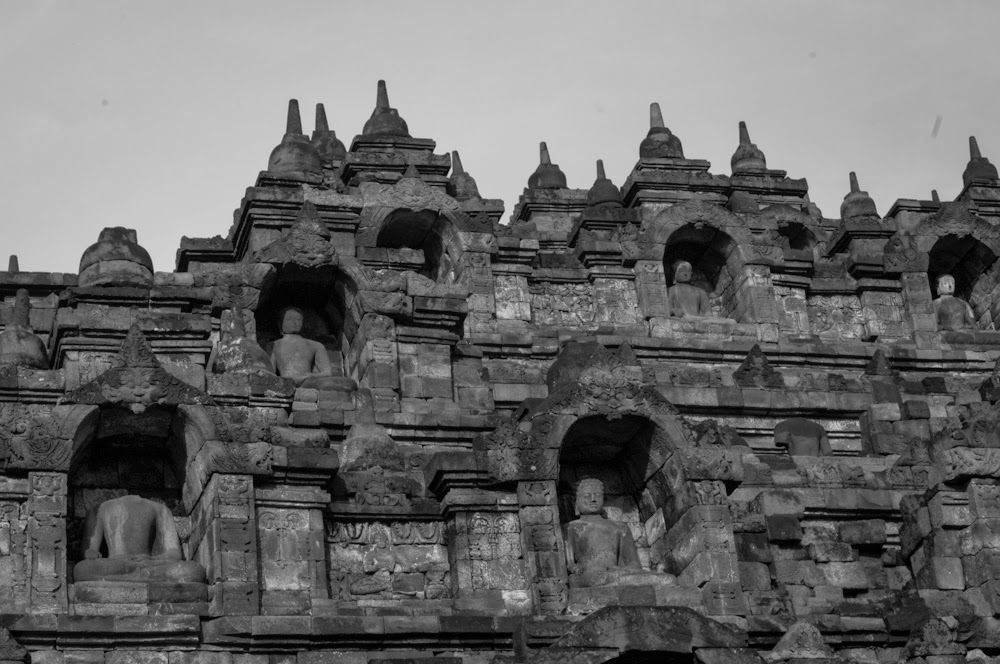#MyWritingProcess BlogTour
- What am I working on right now?
My big project is a travel guide to Vanuatu. (Think Lonely Planet back when they were a scrappy young company.) I’m currently in the editing stages and I wish it were going faster. In other travel writing, I just turned in an article for Groove Korea about silversmithing in Bali which will run in their fall issue.
On the fiction side, things are slower. I’m editing a zombie apocalypse story that I hope to sell to an audio market and wrestling with a story that started as a short piece and is trying to break free into a novela. It will probably write itself into a novela in the end, but I can pretend it will be manageable for awhile.
There is also a script for a comic that may or may not ever see the light of the internet, but I’d still like to write the story and see the characters grow into the complete badasses I envision them to be. In this world, the environmental collapse coincided with another form of apocalypse and caused a complete societal collapse. The chemicals poisoning the environment cause regular and significant genetic mutations which some people worship and others revile. The main character sports a comb of feathers instead of hair in a society that thinks that she should have been put to death at birth. The first episode is her coming of age, and her leaving everything she’s ever known.
- How does my work differ from others of its genre?
I don’t know that my work differs dramatically from other related work. Writing within a genre is a conversation with other writers and the readers. The conversation progresses and iterates with each new story, it doesn’t take sharp turns and leap about. My work is unique to me, but it hasn’t left the conversation behind. So, to say that my work differs strongly is to say that I’m not listening to the conversation.
I will say that my strength as a non-fiction writer is a willingness to do the research, which for travel writing means living through the experiences. I delight in travel and love to experience new places, cultures and foods. I take much less delight in 11 hour bus rides on bad roads and intestinal parasites.
As a fiction writer, my experience traveling and living outside the US has informed the worlds I build. Everything from differing cultural values to differing climates influence how a person interacts with their daily world. I’ve been lucky enough to observe several ways of living, which in turn informs my work. I hope that my works can in turn inform the ongoing conversation and help lift it to the next iteration.
- Why do I write what I do?
I love to travel. I love dragons. I love Vanuatu. I love social change and challenging the status quo. I love snarky people with strong moral fibers. I love experiences that change my outlook. I love stories.
I write what I love.
- How does my writing process work?
I’m a binge writer. I write best when I can sit down and write for hours upon hours and crank out a story in a day or two. Then I may not write much at all for several days to recover. I think its like averages. If I do a few days of massive word counts, I have to balance my average words used out by not using any for a few days.
I don’t do a lot of conscious pre-writing. I’m working on learning to plot as conscious effort, but I’m not there yet. Instead, I wait for the character to walk into my mind. If there isn’t a character home that day, it is a great day to do some editing.
My sit-down-and-write process is pretty informal. I used to have a routine involving tea, solitaire and music but a few years with limited electricity boiled that down to just the writing. Now, I decide I’m going to write, and I sit down and make words happen. They aren’t necessarily good words, but that’s not important.
Next up are Jen Green and Doug Cole (http://gamingballistic.blogspot.com/)
Jen graduated from Washington University in St. Louis in 2009 with a degree that included writing. Now, she is a Peace Corps Volunteer in the Vanuatu, a tiny archipelago in the South Pacific. She mostly writes novels, though she has been known to try her hand at short fiction when inspired.
Doug blogs about Role Playing Games, specifically the GURPS system, and how to incorporate realistic violence into your game. His experience includes intensive study of martial arts and casual target shooting, along with a lot of research into guns, bows, and physics. He wrote the book on grappling rules in GURPS titled “Martial Arts: The Art of Technical Grapping” and is a regular contributor to Pyramid Magazine. Check out his blog for information on all things technical fighting and interviews with gamers and game designers.


